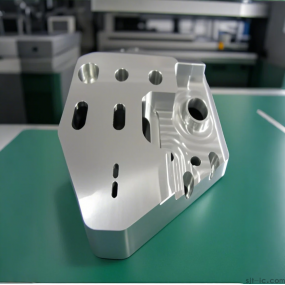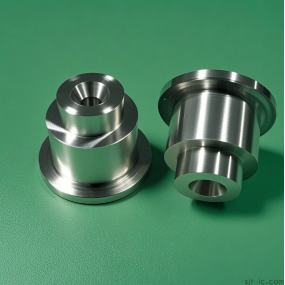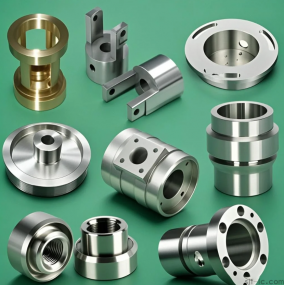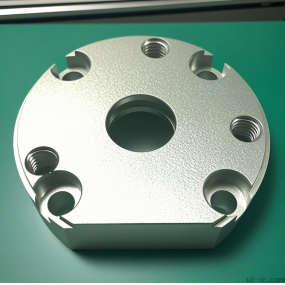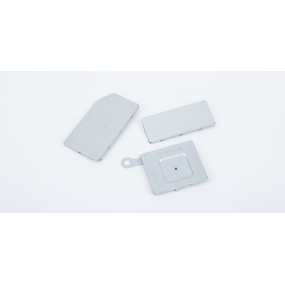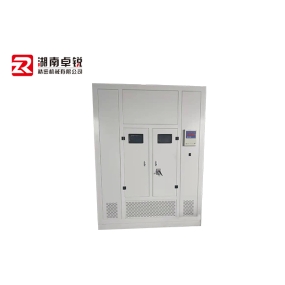The adaptability of sheet metal to various stamping processes can be called the stamping function of sheet metal, which simply refers to whether a precision stamping parts processing plant can use simple processing methods to efficiently produce high-quality Metal Stamping parts from billets.
The sheet metal forming function is a complex property because it is related to a very complex forming environment. Generally speaking, the sheet metal forming function depends on factors such as pressure, tensile force, tensile rate, and temperature, which are related to the resistance of the metal to elongation cracking. The size, shape, and distribution of second-phase particles of the metal material also greatly affect its function. The sheet metal forming process is not stable, but a gradual process of change. The distribution of pressure and tensile force is determined by many important process parameters, such as die planning, stamping size and shape, and lubrication. Manipulating these parameters, as well as some fundamental material parameters, can increase the degree of plastic deformation of the metal material before cracking. Although there are many factors that can affect the function of sheet metal forming, only some of the factors that are important and well understood are reviewed here. If these factors are generally divided into processing elements and material elements, then parameters such as die parameters, die materials, pressing plates, lubrication, pressure speed, etc. can be divided into processing elements. In general, processing elements determine the characteristics of the upper and outer loads on the sheet metal, while material elements determine the reaction of the material to the applied load.  The main factors that affect the function of sheet metal stamping are:
The main factors that affect the function of sheet metal stamping are:
1. The cracking resistance (forming limit) refers to the maximum degree of deformation that can be achieved during the sheet metal forming process, and the material does not break at this degree of deformation. The metal stamping forming limit is the cracking resistance of the material during stamping. The better the stamping forming function of the material, the better the cracking resistance of the material, and the higher the forming limit.
2. Moldability refers to the ability of sheet metal to achieve consistency with the shape of the die in stamping forming. There are many factors that affect the moldability, and many shortcomings such as introversion, warping, collapse, and rise in the forming process will reduce the moldability.
3. Shapability refers to the ability of a metal stamping part to adhere to its acquired shape in the mold after demoulding. The greater the forming limit, the better the moulding and shaping properties, the better the stamping forming function of the material. The most important factor affecting the shapability is springback. After the part is demoulded, it often produces a large shape error due to excessive springback.
The above is about the factors that affect the stamping and forming function of precision stamping parts processing plants. The quality of the stamping and forming function of metal stamping sheet metal is related to the forming quality of the stamped parts produced. When selecting sheet metal for processing and production, it is necessary to ensure that the sheet metal has a good stamping and forming function.
This article is from EMAR Mold Co., Ltd. For more EMAR related information, please click: www.sjt-ic.com,


 Spanish
Spanish Arabic
Arabic French
French Portuguese
Portuguese Belarusian
Belarusian Japanese
Japanese Russian
Russian Malay
Malay Icelandic
Icelandic Bulgarian
Bulgarian Azerbaijani
Azerbaijani Estonian
Estonian Irish
Irish Polish
Polish Persian
Persian Boolean
Boolean Danish
Danish German
German Filipino
Filipino Finnish
Finnish Korean
Korean Dutch
Dutch Galician
Galician Catalan
Catalan Czech
Czech Croatian
Croatian Latin
Latin Latvian
Latvian Romanian
Romanian Maltese
Maltese Macedonian
Macedonian Norwegian
Norwegian Swedish
Swedish Serbian
Serbian Slovak
Slovak Slovenian
Slovenian Swahili
Swahili Thai
Thai Turkish
Turkish Welsh
Welsh Urdu
Urdu Ukrainian
Ukrainian Greek
Greek Hungarian
Hungarian Italian
Italian Yiddish
Yiddish Indonesian
Indonesian Vietnamese
Vietnamese Haitian Creole
Haitian Creole Spanish Basque
Spanish Basque

